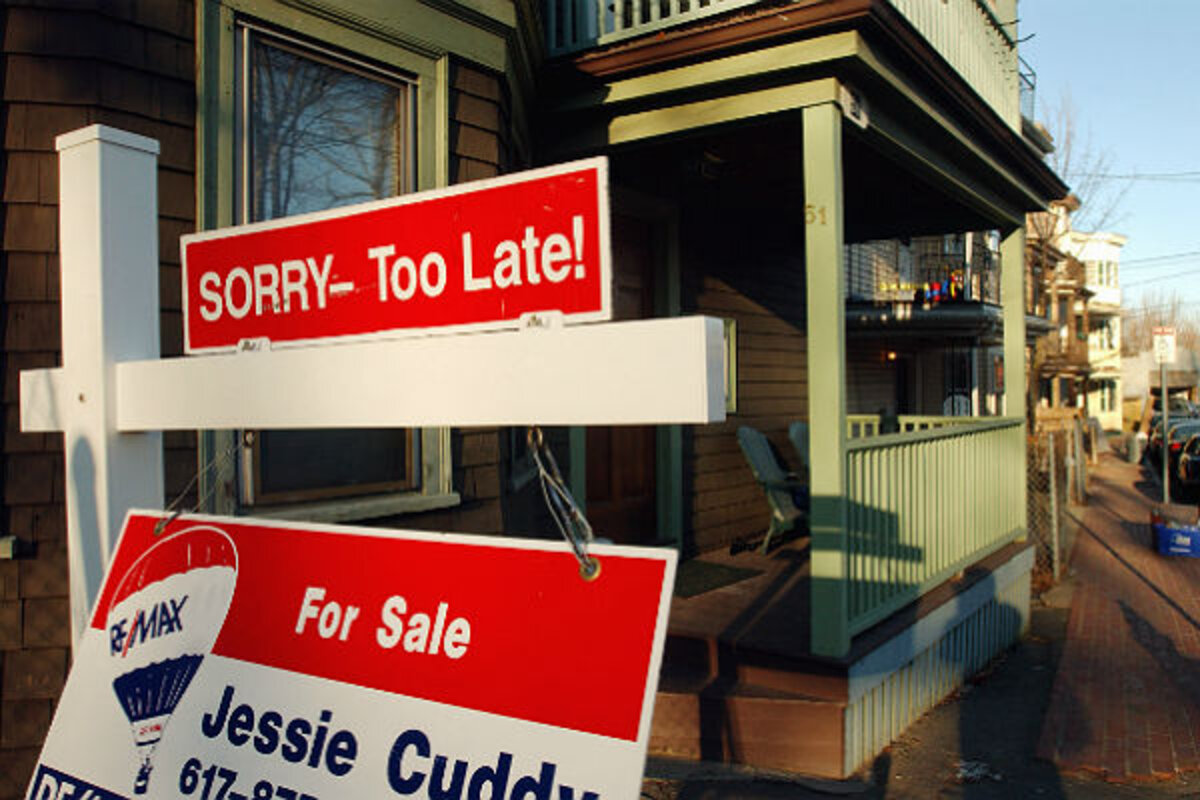Census report finds 'pulse in the urban core' of America
Loading...
| Atlanta
US cities saw their core populations boom by 10 percent in the last decade, as both Hispanics and young white Americans found it increasingly beneficial and appealing to live close – often very close – to the inner city, according to a unique released Thursday.
Many American cities – Boston and Los Angeles being two good examples – have of course seen similar gentrification movements since the 1990s, and even before. And, certainly, Rust Belt cities in Ohio and Michigan continue to be whittled down by suburbanization and the flight of capital.
But the Census data showing that the influx to city cores has expanded more broadly, and that it’s primarily Hispanics and white “pioneers” who are targeting ailing downtown areas for revival, suggest that growing numbers of Americans are no longer seeing inner cities as founts of despair, but as harbingers of possibility.
“What’s new here is that it shows there’s a pulse in the urban core, in big metro areas that have diverse economies,” says William Frey, a demographer at the Brookings Institution, in Washington.
“It’s interesting that Chicago and New York were the top ones, which suggests these are places that will attract young and well-off people who want to feel like they live in an important area,” he says. “You can’t generalize entirely, of course, because while some urban cores are doing very well, others are still part of a broader suburban trend” where downtown areas are emptying out.
The Census report, which analyzed demographic changes down to a granular level in order to zoom in on localized population movements, notably reported that, across the US, urban neighborhoods located within a two-mile radius of city hall saw an across-the-board 2 percent increase in population.
Cities with 5 or more million residents saw their populations in areas within a two mile radius of their largest city hall increase by 13 percent, a trend mirrored at a slightly slower pace in cities with between 2.5 and 5 million residents.
Chicago alone saw 48,000 people, many of them young and white, move into its central core area – the highest number in the US. New York, Salt Lake City, Philadelphia, and Washington, D.C., didn’t lag far behind, as those areas benefited from mostly strong local governance and improved services.
“The Washington metro area is a notable example of this pattern,” said Steven Wilson, a co-author of the report, according to a Census release. “We see increases in the non-Hispanic white population, in both numeric terms and share of the total population, in many of the District’s census tracts in or close to the city’s downtown area.”
At the same time, whites’ share of the population in some of Washington’s suburbs dropped by 10 percentage points, the Census reported.
In Atlanta, hard hit by the housing crisis, the trend was also evident. Only three metro zipcodes saw major gains in home prices in the last year, and they were all gentrifying neighborhoods within a few stones’ throws of City Hall.
The Census Bureau also noted that Atlanta epitomized another dynamic: the exodus of some African-Americans from the city’s close-in neighborhoods in favor of outlying suburbs – an echo, of sorts, of the white flight of decades ago – that saw Atlanta’s suburban black population increase by 10 percent across the decade.
Meanwhile, some US cities, mainly in the Rust Belt, continued to see an overall exodus from core urban areas. Baltimore, Toledo, Dayton, and Saginaw all saw significant declines in downtown populations, largely because investment capital continued to move elsewhere, often into the South. One Southern city, New Orleans, saw its core urban population decrease, largely because of the impact of hurricane Katrina.
“American cities are benefiting from broad demographic, economic, and cultural forces that augur a possible return to urbanity,” and where “declining household size and increasing racial and ethnic diversity have the potential to benefit cities,” Alan Berube and Bruce Katz, both of the Brookings Institution’s Metropolitan Policy Program, wrote in a 2006 report called “The State of American Cities.”
But amid the economic and real estate problems buffeting American cities today, the stakes remain high for many metro areas.
While large US cities showed the most dramatic success in drawing new people to their inner cores, “the competition … among smaller second- and third-tier cities is brutal,” wrote the demographer Richard Florida back in March for the Atlantic Magazine. “These cities rise and fall frequently.”





